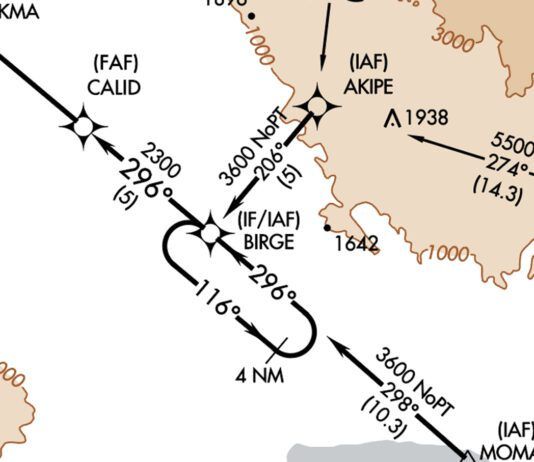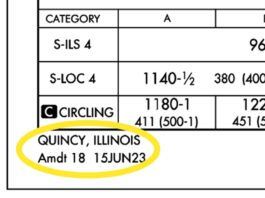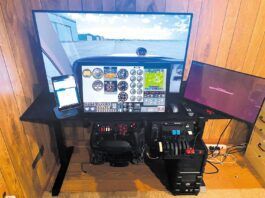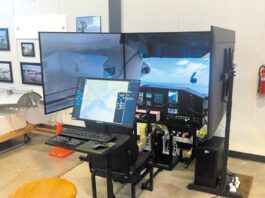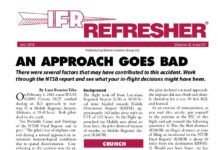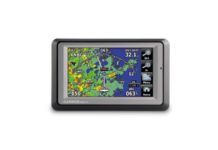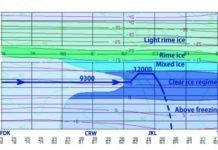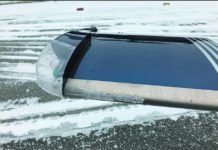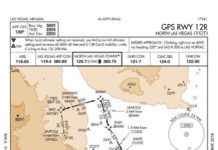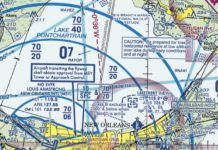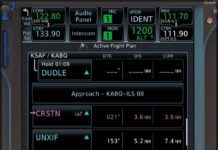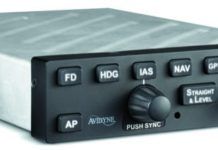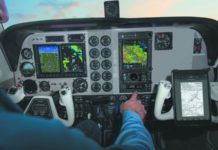Readback: October 2018
Many pilots want to fly IFR more often but dont quite remember how. If you addressed more of the basics and less of the quirky and obscure perhaps more pilots would actually benefit. One example would be to have a product published for particular regions or states of the country and present examples each month of airports and approaches for that particular area. This would give the local pilot community more opportunity to fly their local approaches and visit our local airports more often.
Readback: September 2018
Dont Mess with IceI enjoyed the Me Too letter by Harry Dill in the July issue. I think we tend to forget that moderate ice is not like moderate turbulence. It is right below severe. Also, we all talk about how unpredictable ice is, so having forecast or PIREPed moderate ice turn into severe is common. Oh, and really bad. Harry gave good consideration to clouds and icing, and he made it out okay. However, I would not mess with moderate ice at all. Stick with trace and light, and maybe the worst youll see is moderate. Harry can stop at our place in Maryland for a crab cake and wait for better weather on his way up coast from North Carolina.
Readback: August 2018
Thank you for a great publication. It really helps knock some rust off. My question is for Tim Vasquez: Where did you get that chart shown on page 22 of the April issue?As a SPIFR EMS helicopter pilot, icing is my Achilles heel. Not only do I have the same problems as the fixed wing community-weight, reduction of lift etc.-but I also have asymmetric shedding that will tear the aircraft apart rather quickly. Also, as an EMS aircraft, my flights are not very long so I never get above about 3 to 4000 feet.
Readback: July 2018
I bought my 2003 Ovation a couple years ago primarily for its flight in known ice certification (FIKI). Frequent trips to the Milwaukee and Philadelphia areas to see grandkids mean occasional exposure to ice. Id never flown with FIKI. My first use last year was very encouraging; climbing out of KUES through an icy layer into the clear we accumulated maybe 1/8 on the landing lights and wing tips but nothing anywhere else. However, I subsequently found and fixed multiple fitting leaks.
Readback: June 2018
Your article entitled Seriously Bad IFR Flight in the October 2017 issue is a perfect illustration of the problems caused by technology. Ive been a pilot for 49 years, Im ex-military with my ATP, CFII, and thousands of hours of flight time in everything from helicopters to jets to biplanes.
Readback May 2018
I was able to pull the ODP data but not the SID data, but I can give a fairly good guess as to whats going on. On the ODP, the controlling obstacle is a 2729-foot tower a few miles to the east of the runway. The initial climb is extended a bit more than usual in order to allow for a standard climb gradient when turning right (note that for turns other than to the right, a normal 400-foot turn is allowed). The WENDY and TRUPR are examples of Open SIDs, which have a route off the runway followed by radar vectors to a route. In these cases, the route off the runway is evaluated, but then the radar vector area gets no additional evaluation (other than MVA, etc.). SID evaluation begins again at the defined route. Because theres no SID evaluation required after the initial climb, the controlling obstacle for the ODP isnt considered. The minimum turning altitude for an RNAV SID is 500 feet above the runway, which would give you a turn at 1800 vs. the turn at 1900 on the ODP to keep a standard climb gradient and clear the tower. -LS
Readback: April 2018
In 1984 when I got my instrument ticket, I was taught to use FROM when identifying crossing radials. I dont know if that is a standard practice or simply my instructors way of doing it. In Octobers Killer Quiz, Gone to the Dogs, you are identifying PLAZA via TO the 173-degree radial. My way would have been to dial in 353 and use a FROM indication.
Readback: March 2018
Well, I guess you and the FAA will have to spank me. The stabilized approach is just a technique. Some pilots do not believe in this concept and fly decelerating final approaches for a specific reason-better energy available.
Readback: February 2018
Touch ... What?I fly behind a Garmin G1000 and found Frank Bowlins October article, Multiple Approaches to be of interest. Although he wrote the article about the GTN navigators, I found that most of what he offered does work in a G1000. However, one statement left me confused.
Readback: January 2018
I agree with your November Remarks that we should not give up on a drivers license medical, and you agree that for many of us, especially those with special issuances, BasicMed is a real improvement.My biggest bellyache is the safety pilot issue. AOPAs lobbyist, with whom Ive discussed it, says that even the FAA realizes how silly it is to say you need a third class medical to be second in command, but not to be PIC. Its possible the FAA will decide they can loosen that rule and still be within the law.
Readback December 2017
About a year ago, my wife bought several economical replacement knockoff chargers for her employees Mac laptops, the cords of which their cats had found delicious. They charged very slowly, yet seemed to run extremely hot. Within a month these chargers had all failed with an ominous brown patch on the side from overheating.
Readback November 2017
I am pretty much all in with all the latest wizbangs-syn vis, AOA, MFD, ADS-B In etc. in my V-35B, plus of course the great PFD. All this works perfectly with my legacy autopilot and it will take me wherever I want.I too discovered that I was really getting sloppy with my hand flying in challenging conditions and resolved to make letting George fly the exception. Sometimes we split the route where I fly out George flies back. I like flying the airplane and becoming more aware of all that I have on display in front of me, but it does take more effort and concentration.

